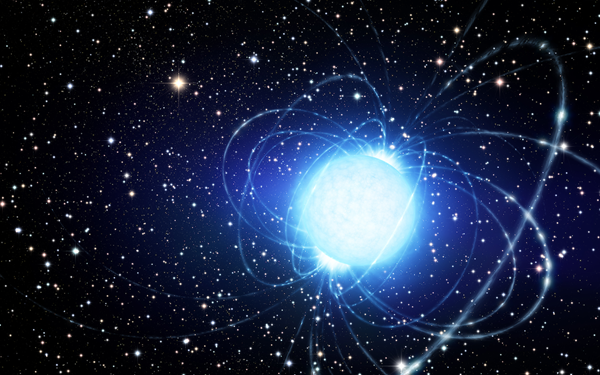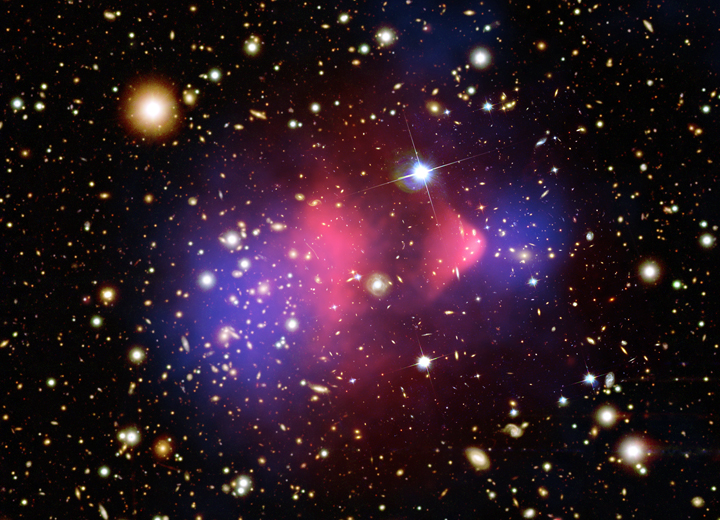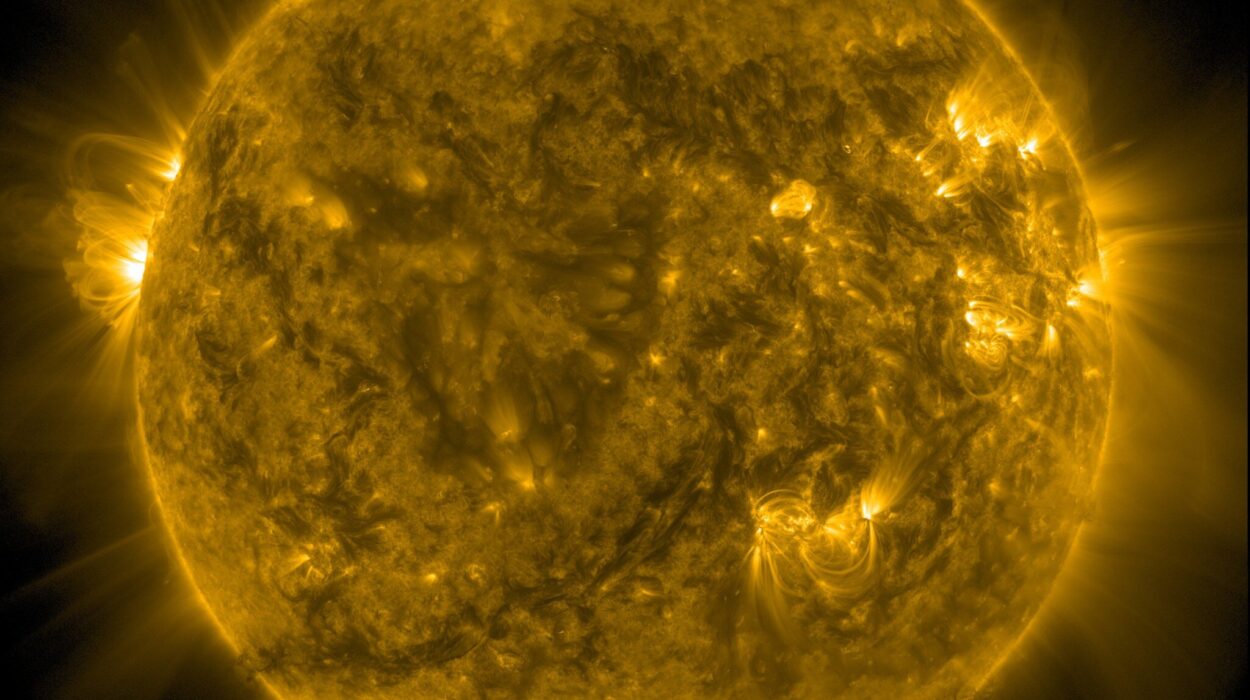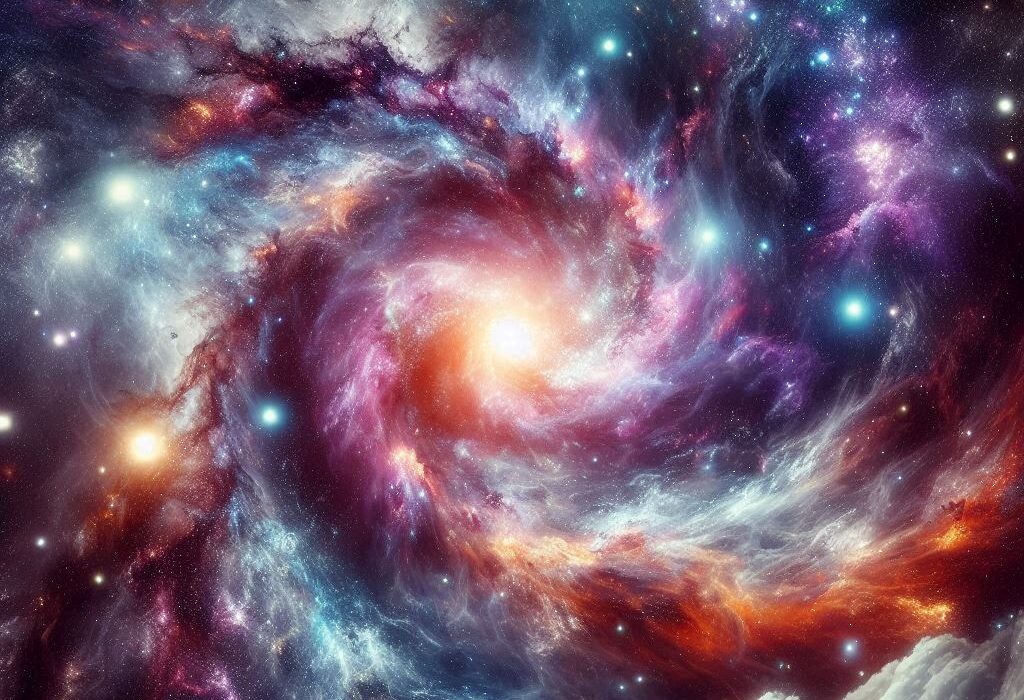Imagine taking the entire mass of our Sun—around 330,000 times the mass of Earth—and cramming it into a ball the size of a city. Not just any city, but one roughly 20 kilometers (12 miles) across. The result? A neutron star. It’s an object so dense, so mind-bogglingly compact, that a single teaspoon of its material would weigh about a billion tons on Earth. These exotic cosmic relics are among the most fascinating, mysterious, and extreme entities in the known universe.
Neutron stars are not just fascinating for their density. They are a window into the laws of physics pushed to their absolute limits, where gravity, quantum mechanics, and nuclear physics intersect in ways we can barely comprehend. They spin at dizzying speeds, shoot beams of radiation into space like cosmic lighthouses, and sometimes merge in cataclysmic collisions that ripple through the fabric of spacetime itself. To understand neutron stars is to glimpse some of the universe’s deepest secrets.
In this exploration, we’ll dive into the birth of neutron stars, what makes them so extraordinary, the exotic phenomena they produce, and why they matter to scientists seeking answers to the universe’s biggest questions.
The Death That Births a Neutron Star
The Life and Death of Massive Stars
Neutron stars are born in violence. To understand their birth, we must first explore the life of a massive star—one at least eight times more massive than our Sun. These stellar giants spend millions of years burning through their nuclear fuel, fusing hydrogen into helium, and later into heavier elements like carbon, oxygen, and eventually iron. The process releases an immense amount of energy, which balances the inward pull of gravity.
But once iron builds up in the star’s core, the game is over. Iron doesn’t produce energy through fusion; instead, it consumes it. When the core becomes too heavy, gravity wins the tug-of-war, and the core collapses in a fraction of a second.
The Supernova Explosion
What follows is one of the most dramatic events in the universe: a supernova. The outer layers of the star rebound violently off the collapsing core and explode outward in a blinding burst of energy. For a brief period, the supernova can outshine an entire galaxy.
The collapsed core that remains is where things get truly strange. If the core is between about 1.4 and 3 times the mass of our Sun (the exact range is still debated), it becomes a neutron star. If it’s heavier, the core collapses even further into a black hole.
Anatomy of a Neutron Star
How Dense Is Dense?
Let’s start with the numbers. A typical neutron star has a mass around 1.4 to 2 times that of the Sun, but it’s squeezed into a sphere just 20 kilometers in diameter. That means a neutron star’s average density is about 4 x 10^17 kilograms per cubic meter. To put that into perspective: if you could somehow bring a sugar-cube-sized chunk of neutron-star material to Earth, it would weigh as much as Mount Everest.
This density is so extreme that it challenges our ability to imagine it. Neutron stars are made almost entirely of neutrons—the neutral subatomic particles found in the nuclei of atoms. These neutrons are packed together so tightly that the entire structure of the atom, and even the concept of solid matter as we understand it, breaks down.
Layers of a Neutron Star
Neutron stars aren’t uniform spheres. They have complex, layered structures:
- The Crust: The outermost layer is a thin but incredibly hard crust made of atomic nuclei and electrons. This crust is only about a kilometer thick but is millions of times stronger than steel.
- The Outer Core: Beneath the crust, the pressure becomes so immense that atomic nuclei are crushed together, and electrons are forced into protons, creating a dense soup of neutrons.
- The Inner Core: This is where things get really speculative. At the deepest levels, conditions are so extreme that neutrons may break down into their constituent quarks, creating exotic forms of matter like quark-gluon plasma or strange matter. Some theories even propose the existence of hyperons—particles that contain strange quarks.
No laboratory on Earth can replicate these conditions, so our understanding of neutron star interiors is largely theoretical. But the possibilities are thrilling.
Spinning Giants and Cosmic Lighthouses
Pulsars: Nature’s Precision Beacons
Many neutron stars rotate rapidly. These are known as pulsars, short for “pulsating stars.” Pulsars emit beams of electromagnetic radiation from their magnetic poles. As the star spins, these beams sweep across the sky. If one of them happens to cross Earth, we see a flash of radiation—like a lighthouse beam—every time the star rotates.
Some pulsars rotate incredibly fast. The fastest known, a millisecond pulsar called PSR J1748-2446ad, spins 716 times per second! That’s nearly a quarter of the speed of light at its equator.
Pulsars are also incredibly precise. Some rival the best atomic clocks in terms of stability, making them useful for testing theories of gravity and even as part of potential future navigation systems for spacecraft.
Magnetars: Magnetic Monsters
A small fraction of neutron stars are magnetars, which have the strongest magnetic fields in the universe—up to 1,000 trillion times stronger than Earth’s. These magnetic fields are so intense they can distort atoms and trigger starquakes that release enormous flares of energy.
Magnetar flares are so powerful that they can be detected across vast stretches of space. One magnetar flare in 2004, from a star 50,000 light-years away, briefly affected Earth’s ionosphere. If a magnetar were located within 10 light-years of Earth, its energy could potentially wipe out life on our planet.
Neutron Star Mergers and Gravitational Waves
When Neutron Stars Collide
On rare occasions, two neutron stars locked in a binary system can spiral together and collide in a violent event called a kilonova. These cataclysmic collisions release a burst of energy, including gravitational waves—ripples in spacetime first predicted by Einstein a century ago.
In 2017, scientists made history when they detected both gravitational waves and electromagnetic signals from such a collision, known as GW170817. This event provided a wealth of scientific data and confirmed that neutron star mergers are the primary source of heavy elements like gold, platinum, and uranium in the universe.
Cosmic Alchemy
The energy released in these mergers is immense, and the process forges heavy elements through rapid neutron capture, or the r-process. Without neutron stars colliding, Earth might never have had gold for wedding rings or uranium for nuclear reactors.
Neutron star mergers have also become critical tools for astronomers. By analyzing both gravitational waves and light from these events, scientists can measure the expansion rate of the universe—something known as the Hubble constant.
Exotic Theories and Strange Stars
What Lies Beneath the Surface?
The internal structure of neutron stars remains one of the biggest mysteries in astrophysics. Some scientists propose the existence of strange stars, composed of strange quark matter. If strange quark matter is more stable than ordinary nuclear matter, neutron stars might not be neutron stars at all—they might be strange stars!
Even more exotic ideas suggest that neutron stars could harbor dark matter cores, or that they might be used in the far future for hypothetical energy extraction by advanced civilizations.
The Equation of State Problem
A key question scientists are trying to answer is the equation of state of neutron star matter. This equation describes how matter behaves at different densities and pressures. By measuring neutron star masses and radii with precision, scientists hope to constrain this equation and gain insights into nuclear physics that can’t be obtained any other way.
Recent observations from NASA’s NICER (Neutron star Interior Composition Explorer) mission aboard the International Space Station have begun to provide these crucial measurements.
The Role of Neutron Stars in Human Understanding
Testing Einstein and Beyond
Neutron stars provide an unparalleled laboratory for testing Einstein’s theory of general relativity. In the extreme gravitational environment around neutron stars, time slows down, and space curves dramatically.
Binary pulsars—pairs of neutron stars orbiting each other—allow scientists to test gravitational theories with extraordinary precision. These tests have confirmed Einstein’s predictions so far, but scientists are always on the lookout for discrepancies that might point toward new physics.
Windows Into Quantum Physics
The incredible densities inside neutron stars push nuclear physics to the limit. They allow scientists to study how matter behaves when packed so tightly that new forms of matter may emerge. The study of neutron stars bridges the gap between astrophysics, quantum physics, and nuclear physics.
The Future of Neutron Star Research
Better Telescopes and Observatories
With instruments like NICER, the Square Kilometre Array (SKA), and next-generation gravitational wave detectors, the study of neutron stars is entering a golden age. Scientists expect to discover more binary neutron star mergers, observe neutron stars in greater detail, and better understand their mysterious interiors.
The Hunt for the Unknown
As astronomers peer deeper into the cosmos, they may find new kinds of neutron stars—or objects that blur the line between neutron stars and black holes. Some theories even propose Planck stars, hypothetical remnants of black holes stabilized by quantum gravity effects. Who knows what strange and wonderful things lie ahead?
Conclusion: The Cosmic Marvels Called Neutron Stars
Neutron stars are the ultimate extremes of the cosmos. They’re remnants of titanic stellar explosions, objects of inconceivable density and strength, and laboratories for the laws of nature under conditions that defy human intuition. They spin with blinding speed, pulse with clockwork precision, and can unleash energy powerful enough to shake spacetime itself.
They are key to unlocking the mysteries of matter, gravity, and the very structure of the universe. As science advances, neutron stars will continue to illuminate the dark and hidden corners of the cosmos.
The next time you look up at the night sky, take a moment to imagine those tiny, dense stars far beyond our view—silent, spinning, and waiting for us to uncover their secrets.






